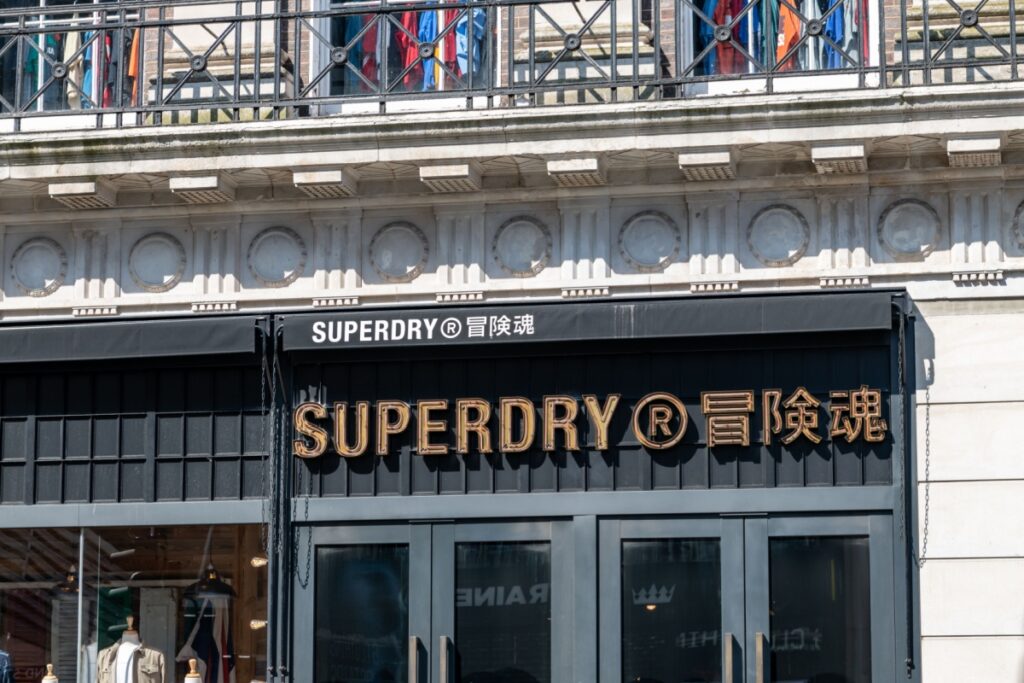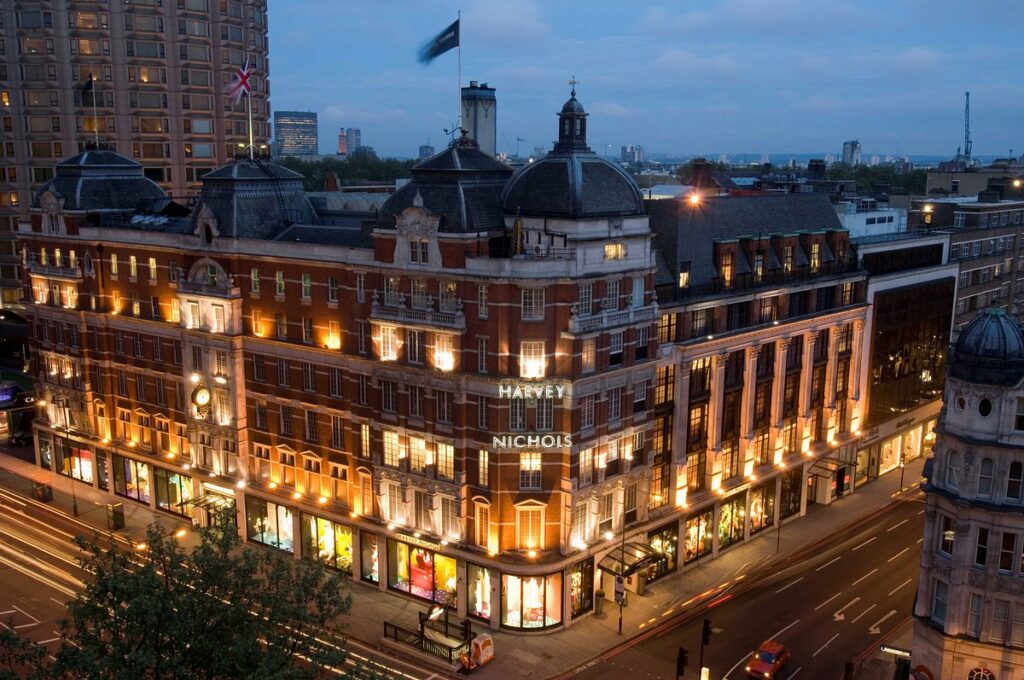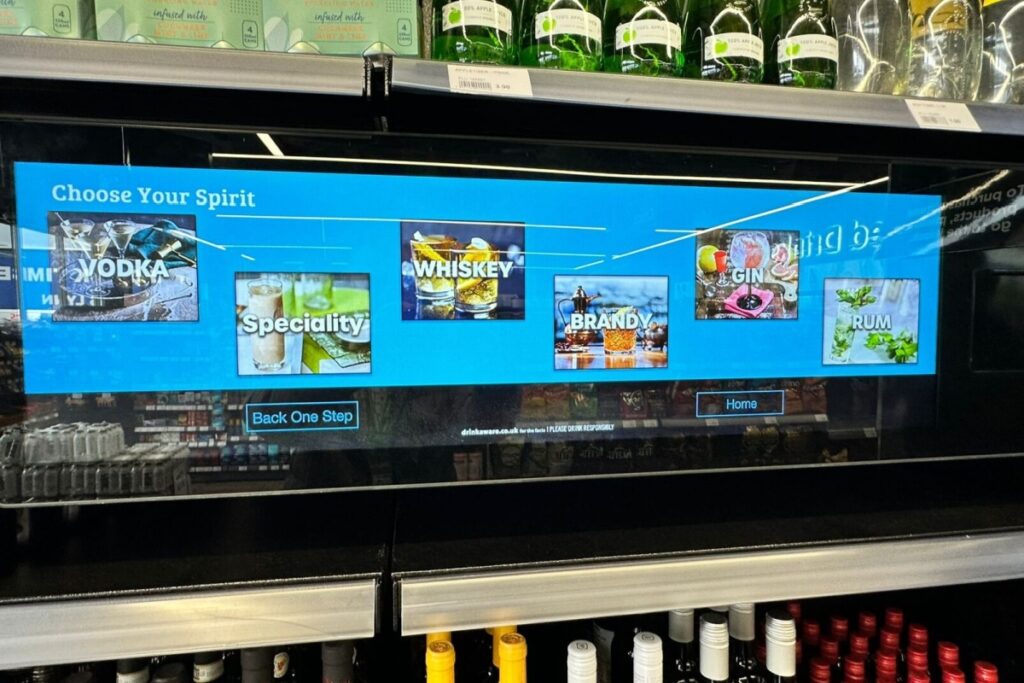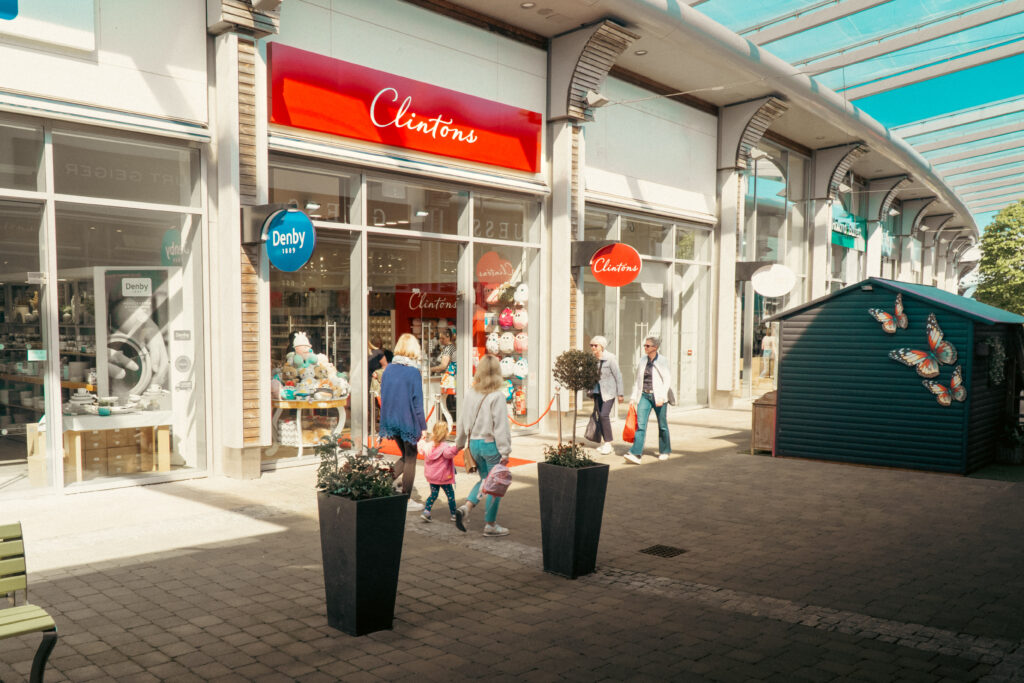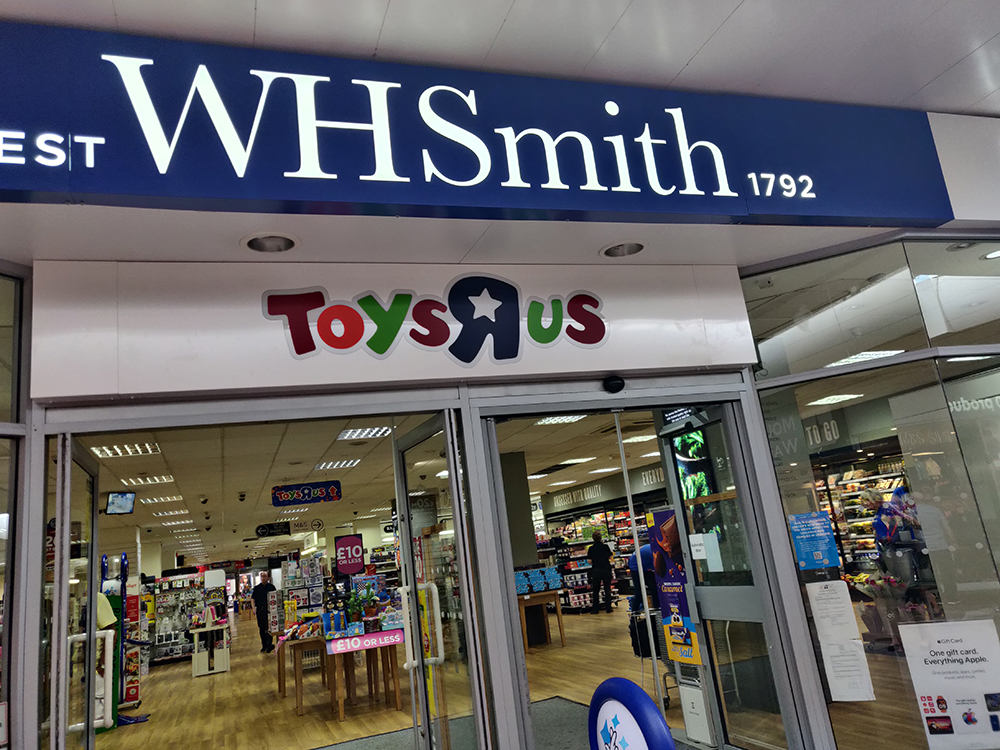Time and time again we have seen traditional High Street retailers fall foul of their inability to innovate and keep pace with the changing habits of consumer buying trends. Today‘s reality is that consumers expect a multi-channel shopping experience. People no longer want to queue at the till to pay for their goods, but they do still want the option to go in-store to look at an item before making a purchase. Recent research by Rakuten further highlights this shift in habits with a fifth now buying more items online than in-store. Yet, even with statistics and real examples all pointing in the same direction, many retailers are still not taking action.
Take HMV, one of the longest running UK retailers, for example. Earlier this year the music chain store announced it was going into administration. Having failed to invest fast enough in ‘online technologies‘ in the early nineties, this retailer was simply outpaced by adjacent but disruptive competitors such as Amazon, iTunes and online music streaming sites such as Spotify and Last FM. Many retailers have chosen not to diversify into multi-channel business early enough and now have to find other ways to survive.
Making bold decisions now to keep up with the new ways in which consumers wish to shop is key. Many retailers of course are already doing this; John Lewis is a great example of a brand that has embraced online to provide a multi-channel service to its customers, and Burberry has had great success using social media. Metro Bank is another example of a brand listening to customer needs, offering a unique service compared to other traditional high street banks by opening seven days a week and late into the evening to catch those who wish to use services after work.
However, not all retailers are as forward-thinking. Some are lagging because they don‘t have the time or the money to invest in their own technology platform or make changes to their business model to meet these changing demands. As such, a typical multi-channel model isn‘t necessarily going to be feasible and retailers in this position should consider finding themselves an ally who has. ASOS and Primark have recently sealed a partnership which sees Primark goods available to buy on the ASOS platform, giving the high street retailer the online presence it previously lacked – it‘s a great example of where innovation, involving the partnership of two very different (but equally complementary) businesses, is starting a new trend.
Smart partnering can exponentially increase a retailer‘s time to market by plugging the small gaps in their business today which could very quickly become gaping holes in the future. With ASOS and Primark being the first to kick off this trend, it will be interesting to see which other brands follow their success and thinking beyond the retail boundaries, which other industries.
There‘s a tendency to wait and see when it comes to innovation and change but unforgiving consumers, who have so much more choice, coupled with the fast-paced economy in which we all operate will soon no longer allow us the luxury of a ‘wait and see‘ policy. There are too many casualties for that strategy to work and hopefully, for those still standing, these high street tragedies have given the nudge required to sit up and think differently about doing business.
The internet has removed many barriers to entry, competitors often come from places you least expect. To keep up, let alone creating competitive advantage, there‘s a clear choice: ‘innovate or die‘. Dramatic perhaps, but take a look at the graveyard that the High Street in the UK has become and it is clear that there really is no alternative.


